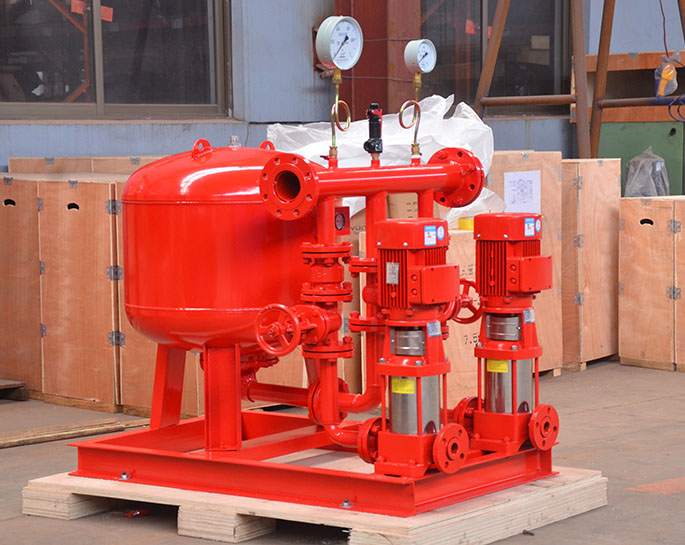How to deal with the high-pressure fire pump power failure?
Dealing with a power failure in a high-pressure fire pump requires prompt action to ensure the continuity of fire protection. Here are the steps to follow in such a situation:
-
Notify Authorities: Immediately inform the relevant authorities, such as the fire department or emergency response team, about the power failure in the fire pump. They should be aware of the situation and be ready to provide assistance if needed.
-
Activate Emergency Power Source: If your facility has an emergency power source, such as a backup generator or an uninterruptible power supply (UPS), activate it as soon as possible. These emergency power sources are designed to provide electricity during power outages and can help maintain the operation of critical systems, including the fire pump.
-
Verify Power Supply: Check the power supply to the fire pump to ensure that the failure is not isolated to the pump itself. Examine the circuit breakers, fuses, or any other protective devices associated with the pump's electrical connection. If the problem is localized to the fire pump, proceed to the next steps.
-
Manual Start Option: Some fire pumps have a manual start option that allows you to initiate the pump's operation manually in the event of a power failure. Refer to the pump's operating manual or consult with the manufacturer to determine if this feature is available and how to use it. Follow the instructions to manually start the pump.
-
Alert Firefighters or Personnel: Notify the firefighting team or designated personnel about the power failure in the fire pump. Inform them of the situation and any alternative measures being taken, such as activating emergency power or initiating manual pump operation. Coordinate with them to ensure appropriate firefighting measures are implemented.
-
Implement Secondary Water Supply: If the power failure persists or if there is no backup power available, establish an alternative water supply for firefighting purposes. This may involve connecting to an external water source, such as a hydrant, or utilizing onsite water reserves like fire water storage tanks or auxiliary water pumps. Ensure that the secondary water supply is accessible and operational.
-
Monitor and Assess: Continuously monitor the situation and assess the effectiveness of the alternative measures being implemented. Keep the authorities and relevant personnel informed about the status of the fire pump and any developments. Adjust the firefighting strategies and resources as needed to maintain fire protection capabilities.
-
Restore Power and Repair: Once the power is restored, or if repairs to the pump or electrical system are required, take the necessary actions to address the root cause of the power failure. Engage qualified personnel or technicians to troubleshoot and rectify the electrical issue. Conduct any necessary repairs or maintenance to ensure the fire pump is fully operational again.
It's crucial to consult with fire protection professionals, local authorities, and adhere to applicable codes and standards when dealing with high-pressure fire pump power failures. They can provide specific guidance based on the unique circumstances and requirements of your facility.


.png)
.png)

.png)


